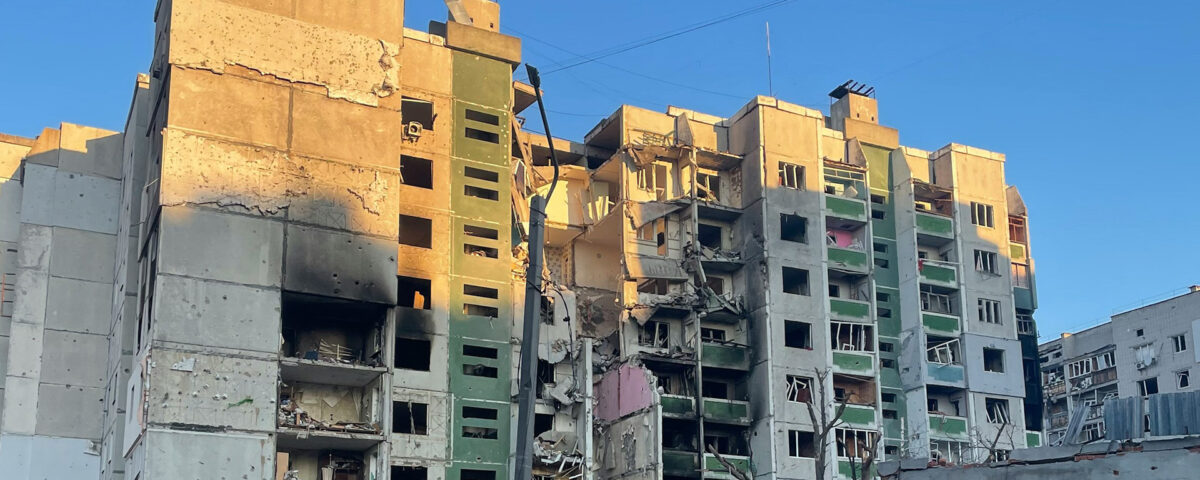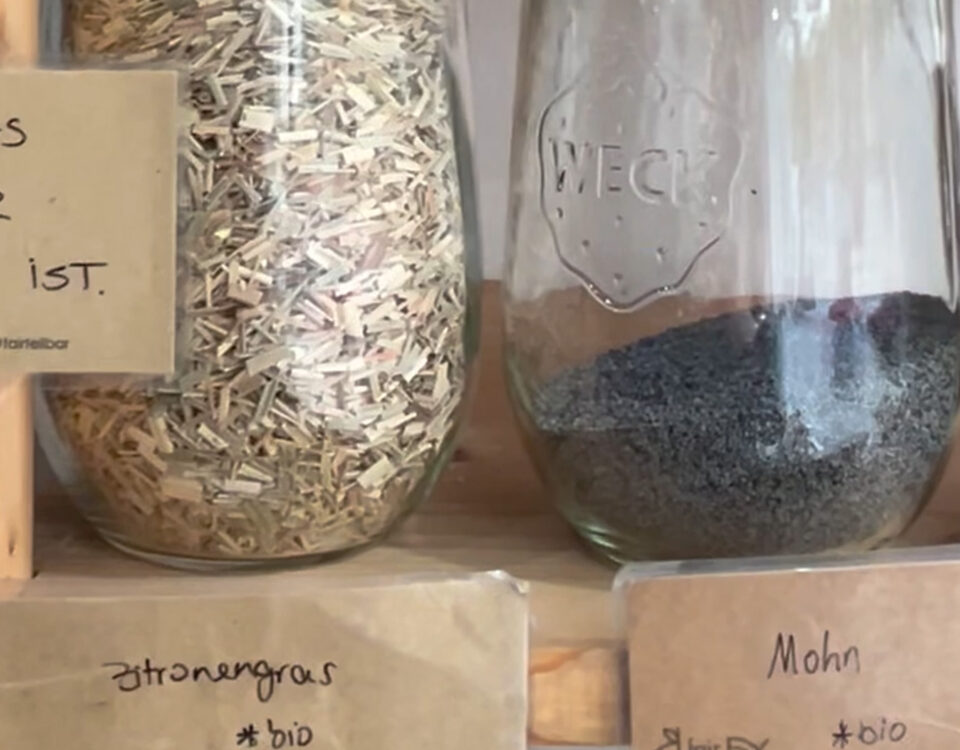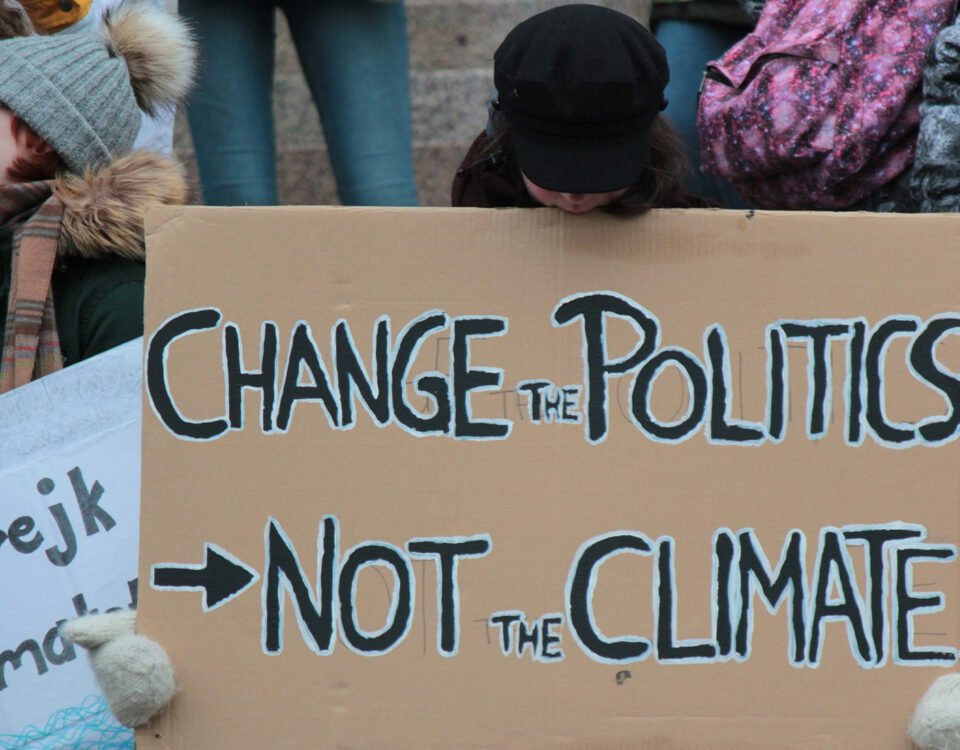
Environmental disaster: Is it possible to restore Ukraine's contaminated soils?
The material addresses the issue of soil pollution caused by the war in Ukraine, what factors contribute to it, and how this problem can be resolved.
Authorship/Creative Team
Youth board Ukrainian team;
Author: Valentina Gritsak
Editor : Oleksandra Korzh
Sources
Hrytsak V. P. Impact of war on the environment and biodiversity of Ukraine / V. P. Hrytsak, N. M. Dzhura // Scientific basis for the conservation of biotic diversity: Materials of the V (XVI) International Scientific Conference of Young Scientists (Lviv, October 18, 2023). - Lviv, 2023. - P. 22 - 24.
Boretska I., Hrytsak V., Dzhura N. Efficiency of humates use for growing energy crops on technogenically contaminated soils // Youth and the Progress of Biology: Collection of abstracts of the XX International Scientific Conference of Students and Postgraduates (Lviv, April 18-20, 2024). - Lviv: Spolom, 2024. - P. 189-190.
Hrytsak V., Romaniuk O., Dzhura N. Biotesting of the general toxicity of the soil contaminated as a result of military actions with the help of Allium cepa L. // Youth and Progress of Biology: Abstracts of the XX International Scientific Conference for Students and PhD Students (Lviv, April 18-20, 2024). - Lviv: Spolom, 2024. - P. 226 - 227.
Image:
https://unsplash.com/photos/a-large-building-that-has-been-torn-down-6HBpGLk4DgI
The war in Ukraine not only results in irreparable human losses but also causes massive environmental destruction, on a scale that can only be described as an ecological catastrophe. Tons of toxic substances are released into the environment, contaminating water and air. Still, the top fertile soil layers suffer the most, and they recover the slowest—at a rate of just one centimeter per hundred years.
Over five million hectares of agricultural land have been contaminated due to the war. According to preliminary estimates by Ukraine's Ministry of Environmental Protection and Natural Resources, the Russian full-scale invasion has caused damages to Ukrainian soil exceeding UAH 19 million.
What is affecting the land?
The movement of heavy machinery, the construction of defensive and fortification structures, and the fighting as such irreparably damage the soil cover, leading to degradation, a decrease in vegetation quality, and an acceleration of land erosion.
Due to the active use of ground military vehicles on the front lines, large amounts of fuel, lubricants, and other petroleum products are seeping into the soil. In such areas, water permeability decreases, and oxygen is displaced. This, in turn, negatively impacts nutrient cycles and root nutrition in plants, slowing their growth and development, which inevitably leads to their death.
Each detonation of a shell or missile not only releases a chemical cocktail into the environment but also destroys all animals, plants, and microorganisms within the blast radius. For example, one Kalibr missile leaves about 60 kilograms of emissions in the air. A missile's flight over a field affects soil fertility due to the release of toxic rocket fuel. This fuel can settle on plants, rendering the crops unfit for consumption. The most affected crops are the most popular ones: sunflower, wheat, and corn.
Devastated areas may not only fail to recover after the cessation of hostilities but could also become independent sources of pollution that may spread to the soil of other European countries.
Pollution occurs in various ways and inevitably affects soil quality.
The deformation of land and contamination of the soil surface with military debris (shells, shrapnel, mines, and the remains of fallen people and animals) make it impossible to cultivate these lands, rendering them practically unusable for farming. Vibration, radioactive and thermal pollution, explosions, and fires burn the soil. This leads to a loss of the soil's ability to retain moisture and self-purify, weakening the land.
Chemical substances such as sulfur and sulfur compounds, ammonia, phosphorus, coal dust, sulfuric acid and sulfate compounds, formaldehyde, lead, and mercury that enter the soil directly threaten soil biodiversity, inevitably affecting its quality.
Thus, all these types of pollution destroy the most crucial element—all living organisms in the soil. Microorganisms responsible for forming the fertile layer of soil and maintaining its health are the most sensitive to toxic substances. Healthy soil should contain billions of these microorganisms. However, due to the ongoing military destruction, soil samples collected during studies of soil in the de-occupied parts of the Donetsk region revealed high toxicity: nearly 70%, with only tens of thousands of organisms remaining.
Why is this important?
Soil is a vital resource for agriculture and the food industry; therefore, soil contamination might reduce the quantity and quality of crops. Consumption of plants grown on such land poses a direct threat to human health.
Plant growth is one of the most critical parameters indicating a stress response. Pollution's direct impact on plants manifests in slower growth, disrupted photosynthesis and respiration, various morphological abnormalities, and severe damage to the root system, leaves, stems, and reproductive organs.
Military actions lead to a decline in groundwater levels, which can affect not only the health of individual plants and animals but also the entire ecosystem's sustainability. The reduction in groundwater levels directly influences the decrease in water bodies, which can impact the region's biodiversity and ecological stability.
What can we do? (What do researchers say?)
Ukraine is an agricultural country, with more than half of its territory covered by the most fertile soil in the world. Researchers are exploring various ways to clean up contaminated areas to avoid an agricultural, ecological, and eventually economic catastrophe. But it is not just about demining or filling in craters from explosions; we need to actively eliminate toxic substances from the soil, primarily to grow safe and healthy products.
One effective method of removing pollutants from the soil is phytoremediation (using plants to clean soil). Research on how this method can help restore contaminated lands is already being conducted at the Ivan Franko National University of Lviv. Restoring the properties of contaminated soil will make it possible to use it again in agriculture.
The scientific work "Assessment of the Toxicity of Technogenically Degraded Soils as a Result of Military Actions” studied how some plants can influence soil restoration." The study was carried out by the student Valentyna Hrytsak and her scientific supervisor Nataliya Dzhura at the Department of Ecology of the Faculty of Biology at IFNUL. They used such energy plants as Melilotus officinalis L. (yellow sweet clover) and Panicum virgatum L. (switchgrass), as well as humates (plant-beneficial salts), and found that on the range, the plants did not sprout at all, but in Lyman, they grew better than on conventionally clean land.
However, growing energy crops such as willow, poplar, switchgrass, and various grasses on polluted and degraded soils drastically changes the situation! These crops not only help clean up damaged land but also improve soil quality and its agronomic value.
Thanks to their high biomass and low cultivation costs, energy plants are ideal for industrial use and for producing bioenergy (hence the name). Moreover, they can grow in almost any environment, regardless of the climate or pollution level!
Oleksandra Korzh, student, Faculty of Journalism, IFNUL
Valentyna Hrytsak, student, Faculty of Biology, Department of Ecology, IFNUL
Yelyzaveta Kanunikova, student, Faculty of Journalism, IFNUL
![]()






